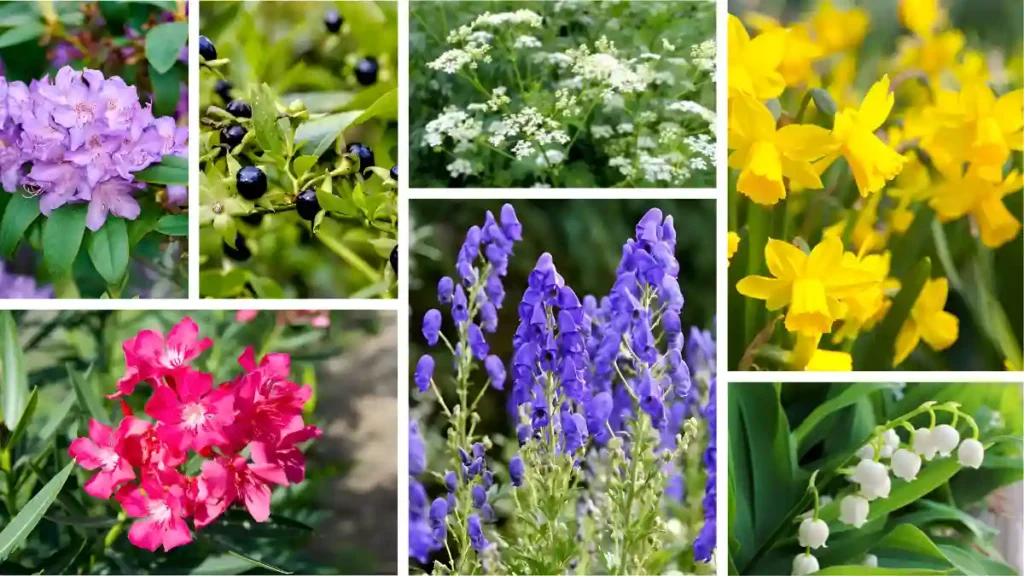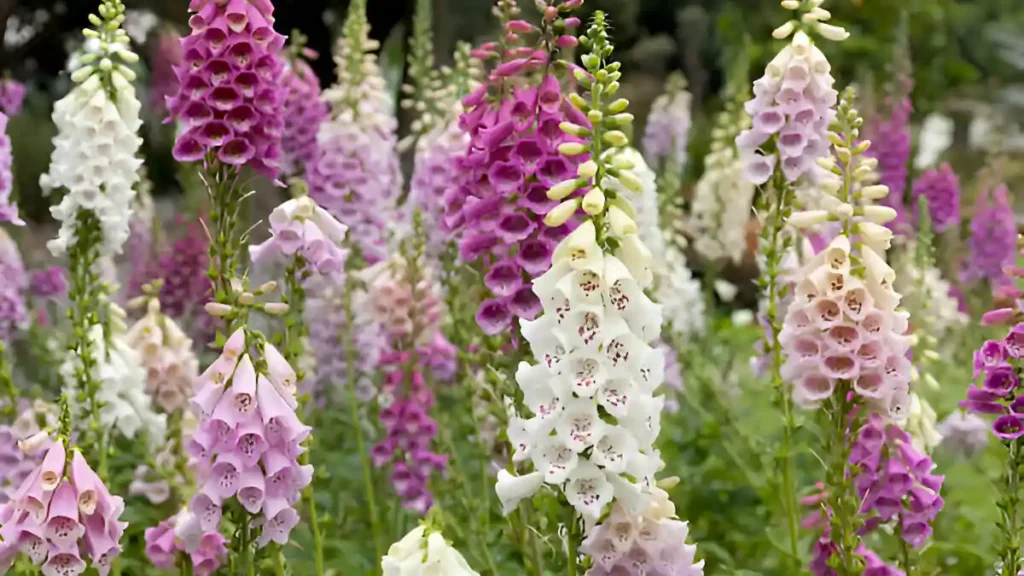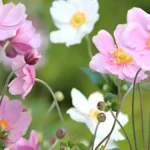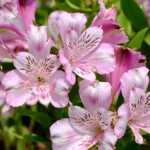Gardening is a popular pastime, providing beauty, pleasure, and even sustenance. Gardens are frequently regarded as places of beauty and tranquillity, yet lurking among the brilliant flowers and lush vegetation may lie lethal hazards. Some of the most poisonous plants are commonly found in home gardens, endangering children, pets, and even people. Ingesting some of these plants can result in serious allergic reactions, poisoning, or even death. In this detailed guide, we will look at the most dangerous poisonous plants you may inadvertently have in your garden, their harmful consequences, and how to protect yourself and your loved ones.
Poisonous plants list:
1. Oleander (Nerium oleander) – A silent killer
This tall shrub’s lengthy, leathery leaves grow in three clusters. Bright clusters of blooms, ranging in color from pink and red to white, blossom at the tips of branches. It is among the most poisonous plants on the planet, nevertheless. Every part of the plant contains cardiac glycosides, which can lead to severe heart abnormalities, nausea, vomiting, and even death. These include the flowers, leaves, stems, and even the smoke from burning the plant.
Avoid burning oleander branches as smoke can be poisonous. Keep children and dogs away from the plant and wear safety gear when working with or trimming it.
2. Deadly nightshade (Atropa belladonna) – A deceptive beauty
This plant, also referred to as belladonna, is notoriously toxic. The berries and foliage contain atropine and scopolamine, which have been utilized historically for both medical and cosmetic purposes. indications of poisoning, including dilated pupils, hallucinations, convulsions, fast heartbeat, and death, in all parts, but particularly in the berries and roots.
Belladonna should not be planted in home gardens, children should be educated about the risks involved and gloves should be worn when working with potentially toxic plants.
3. Rhododendron and azalea – Beautiful but deadly
In the first century BCE, Roman soldiers were ill after consuming “mad honey” prepared from azalea flowers. According to historians, it was given to them by their Turkish adversaries to make them weaker before combat. It succeeded: the Romans were defeated. Grayanotoxins, found in these well-known blooming bushes, can cause major health issues if ingested. Although you would have to consume a lot of them, these plants’ leaves, nectar, and blooms can also be poisonous. It irritates your mouth and may cause you to feel so sick that you throw up. Children might ingest the nectar because they think it’s honeysuckle.
4. Daffodil (Narcissus) – A hidden garden threat
Although daffodils are a sign of spring, the powerful alkaloid lycorine, which can cause serious poisoning, is found in their bulbs. Bulbs Poisoning symptoms include unconsciousness, convulsions, vomiting, and stomach pain. Keep bulbs away from food items, keep an eye on kids near planted daffodils, and prevent ingestion at all costs to ensure safety.

5. Poison hemlock (Conium maculatum) – The plant that killed socrates
This plant, resembling a wild carrot or large parsley, has unique leaves and tiny white blooms. However, if it grows large, has ridged fruit, or has purple patches, it may be poisonous. Consumption can poison humans and animals, and skin absorption can cause illness.
Socrates died by the same poison. Coniine, which is found in hemlock, paralyzes the neurological system and causes asphyxiation. Don’t confuse this plant for parsley, put on gloves, take it out of your garden right away, and get medical help right away if you do.
6. Foxglove (Digitalis purpurea) – The beauty that kills
In the United States, people grow it for its appearance. In certain locations, it also flourishes in the wild. Its bell-shaped flowers can be white, yellow, or pink, but they are typically vibrant purple. In the spring, it blooms. Additionally, it contains a fruit with a lot of seeds that children occasionally consume. Nevertheless, it contains digitalis, a substance that is used in heart medications but is quite harmful if taken in excess. The entire bloom might slow or disturb your heart and is poisonous.
Foxglove should not be planted in children’s play areas, and after handling, handwash thoroughly. Inform family members of its risks.
7. Monkshood (Aconitum) – The queen of poisons
This gorgeous purple flower, also referred to as the “queen of poisons” or “wolf’s bane,” contains aconitine, a potent neurotoxin that damages the heart and neurological system. Every component, but particularly the root poisoning symptoms includes heart arrest, respiratory paralysis, tingling, and numbness.
To ensure safety, use gloves when working with this plant, avoid eating it, and seek medical attention immediately if exposed.
8. Lily of the Valley (Convallaria majalis) – Sweet-scented but lethal
A popular garden favorite, this delicate, aromatic plant is among the most hazardous for kids and dogs because of the cardiac glycosides found in its leaves and blooms. Toxic components found in leaves, flowers, and berries can result in symptoms like unconsciousness, seizures, reduced heart rate, nausea, and vomiting.
Plant in safe areas away from children and dogs, seek medical help if consumed, and avoid using it in flower arrangements for food-related occasions.
Conclusion:
While a garden adds beauty to any home, it is critical to identify and eliminate harmful poisonous plants that may represent a threat. Always investigate plants before incorporating them into your landscaping, and educate family members about plant toxicity. By being aware, you may enjoy a safe and beautiful garden free of hidden threats.
Certainly! If you’d like to learn more, please consider following our WhatsApp Channel, Facebook, Instagram, YouTube, Twitter, and Pinterest.
A frequently asked questions:
Q1: Which plant is poisonous to humans?
A1: Many plants are hazardous to humans, including the deadly nightshade (Atropa belladonna), which contains toxic alkaloids that can induce paralysis and death, and oleander (Nerium oleander), which contains lethal cardiac glycosides if consumed.
Q2: How to identify poison plants?
A2: Poisonous plants often display warning signs like colorful berries, milky sap, pungent scents, or odd leaf forms, but identification depends on species. Seek advice from a reputable field guide.



